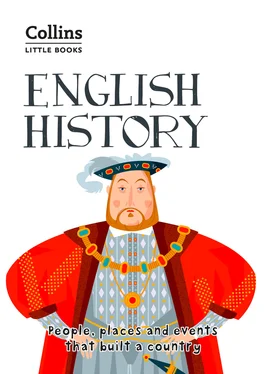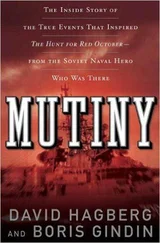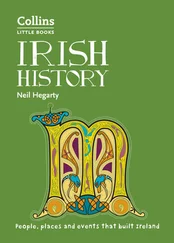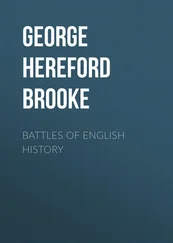The image opposite shows a memorial in Runnymede, the meadow beside the River Thames where King John agreed to the Magna Carta.
Paul Daniels
1200S | Robin Hood
Did Robin Hood even exist? Probably not. However, the legend of Robin Hood was popular in England from the 15th century onwards, and tells us a lot about medieval attitudes towards tyrannical royal power. Robin Hood is the outlaw of Sherwood Forest, who steals from the rich to give to the poor. A skilled archer, Robin terrorises the Sheriff of Nottingham and his master, Prince John, who has taken the throne from his brother Richard the Lionheart. Robin Hood is helped by his band of ‘merry men’, including Little John (who is actually very tall), Much the Millar’s son, and the rather less-than-pious Friar Tuck.
In later years, Robin Hood was depicted as a deposed Saxon nobleman, fighting back against oppressive Norman overlords. Woodlands such as Sherwood Forest were kept as royal hunting grounds by the royal kings, and those caught poaching on these grounds were cruelly punished. Today, you can visit the ‘Major Oak’, a hollow oak tree in Sherwood Forest where, according to legend, Robin and his merry men once hid. Sadly, Major Oak was not even an acorn during the reign of King John.
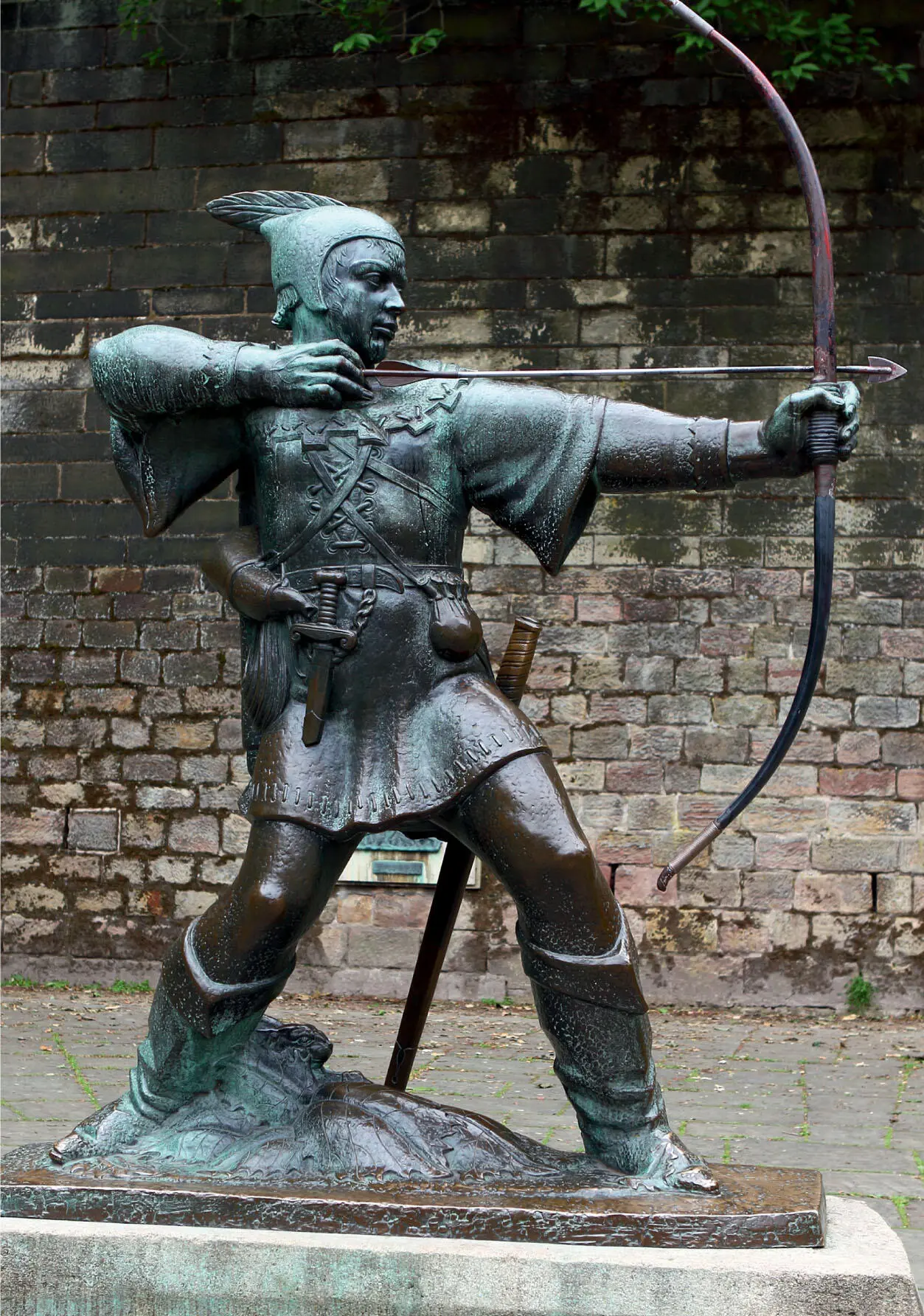
WDG Photo
1265 | The first Parliament
King John’s son Henry III was forced to reaffirm the Magna Carta (see here) in 1225, setting a precedent for all future English monarchs. Henry III had great military ambitions, wanting to reconquer the land lost by his father in France, go on a crusade to the Holy Land, and even make his son the king of Sicily. However, all of these foreign wars meant increases in taxation.
In 1264, a group of rebel barons led by the Earl of Leicester Simon de Montfort rose up against Henry III. At the Battle of Lewes, de Montfort defeated Henry III and took him prisoner. De Montfort then summoned all England’s bishops and noblemen to London, along with representatives from every shire and borough in the land. On 20th January 1265 they met at Westminster Hall as a ‘Parliament’, taken from the French verb parler (‘to speak’).
De Montfort’s Parliament is often called the first English Parliament. It gave institutional form to the promise in the Magna Carta that the monarch’s government should seek the consent of its people before passing new laws and taxes. Parliament still represents this principle today.
1283 | The Conquest of Wales
Since 1066, the Norman monarchs repeatedly tried to conquer Wales, but with little success. By the 1260s, most of Wales was under the control of Llywelyn ap Gruffyd. As the Prince of Wales, Llywelyn was expected to pay homage to the English king, but when the young Edward I was crowned king of England in 1174, Llywelyn refused to do so. Edward I was a brutal and warlike king, and saw this provocation as an opportunity to bring England’s troublesome neighbour under his control. In 1277, Edward invaded Wales with an enormous army. Five years later, Llywelyn was killed in battle, and his head was taken back to England to be displayed on a spike at the Tower of London. Llwyelyn’s brother, Dafydd, carried on the fight until 1283, when Edward captured Davydd and had him hung, drawn and quartered.
Having conquered Wales, Edward set about building a series of enormous castles to secure his power. For this reason, Wales has the highest concentration of castles of any country in Europe. Edward did not get rid of the title ‘Prince of Wales’, but gave it to his eldest son, thus beginning the practice of giving this title to the heir to the English throne.
1337 | The Hundred Years War
Ever since the Duke of Normandy conquered England in 1066, English monarchs had held territories in France. This led to ongoing tension between the French and English Kings, which frequently spilled over into war. In 1328, King Charles IV of France died without a male heir, and his throne passed to the French Count of Valois, who became Philip VI of France. However, the English King Edward III, whose mother was a French princess, believed he had a stronger claim to the throne. In 1337, Edward III declared himself the rightful King of France, marking the start of the Hundred Years War.
Конец ознакомительного фрагмента.
Текст предоставлен ООО «ЛитРес».
Прочитайте эту книгу целиком, купив полную легальную версию на ЛитРес.
Безопасно оплатить книгу можно банковской картой Visa, MasterCard, Maestro, со счета мобильного телефона, с платежного терминала, в салоне МТС или Связной, через PayPal, WebMoney, Яндекс.Деньги, QIWI Кошелек, бонусными картами или другим удобным Вам способом.
